Write Us
We are just a call away
[ LET’S TALK AI ]
X
Discover AI-
Powered Solutions
Get ready to explore cutting-edge AI technologies that can transform your workflow!

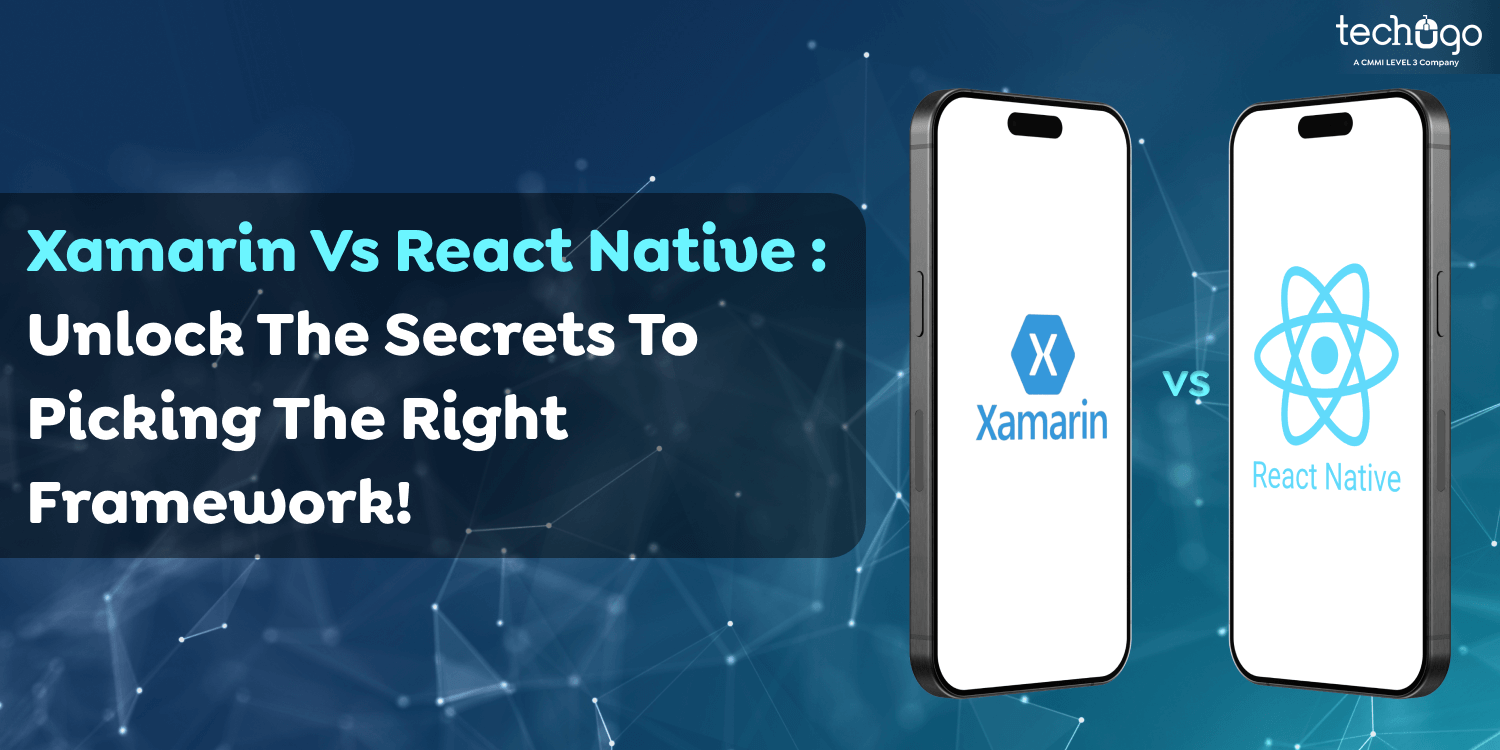
Choosing the right framework for mobile app development can feel like navigating a maze. React Native and Xamarin are two top contenders, but which one truly fits your business needs?
We get it—staying updated with the constant advancements and features these frameworks bring is tough. But don’t worry—we’re here to help you out! By breaking down the features, benefits, and performance of React Native and Xamarin, you’ll have a clear picture of what works best for your app.
In this blog, we’ll dive into a side-by-side comparison of React Native vs Xamarin performance, giving you actionable insights to make a smart choice for your project. Stay with us, and let’s find the perfect framework together!
Also Read : How to Hire a Full-Stack Developer in 2025: Best Platforms, Costs & Key Benefits
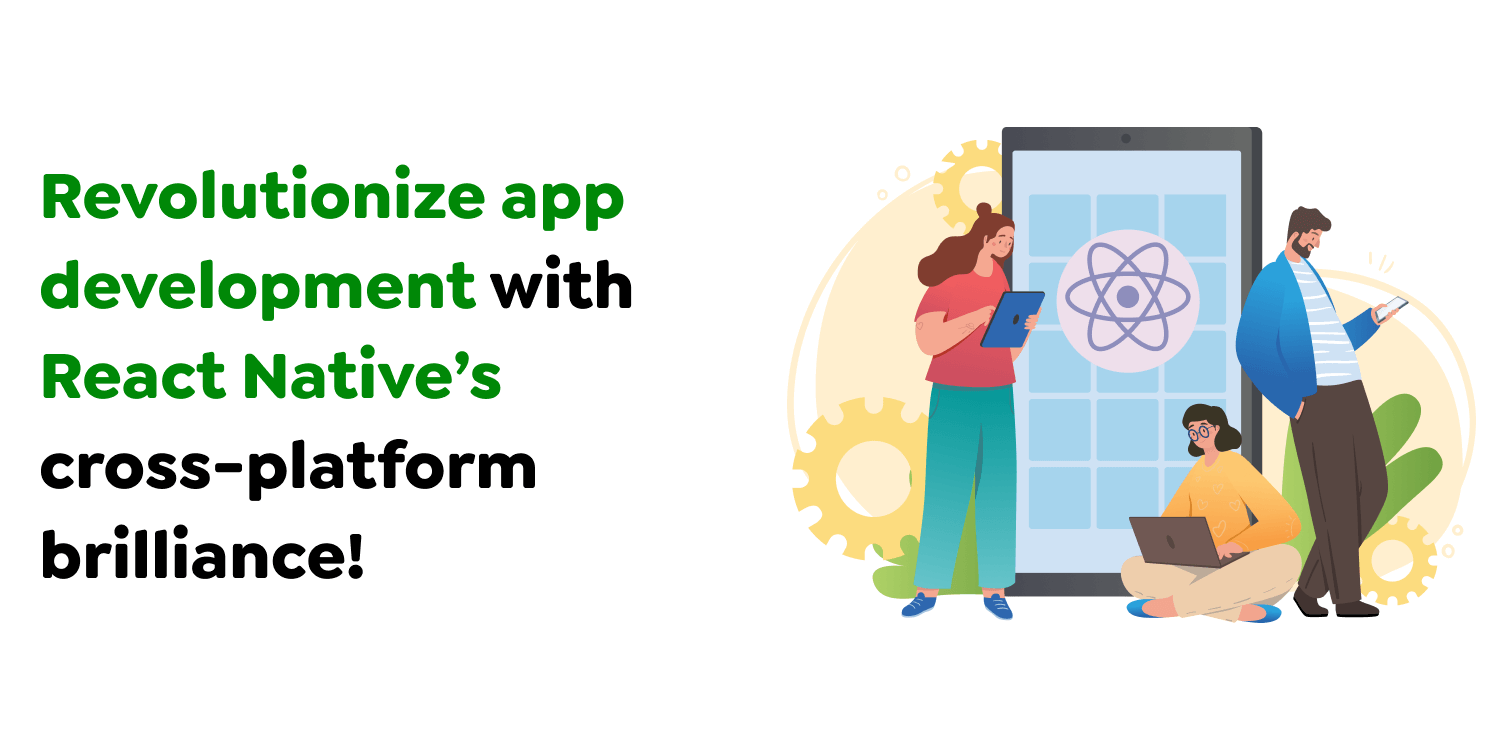
Released in 2015 by Facebook, React Native changed the face of mobile app development, setting new benchmarks for creating cross-platform apps that deliver a seamless native-like experience.
As designed to improve the actual user interfaces of mobile applications, React Native provides developers with an incredibly solid and friendly platform that is also astoundingly resistant to crashes or bugs. Due to these features, it has been a favorite among ventures hoping to develop robust and adaptable mobile apps.
Looking to leverage this robust framework? Hire React Native developers who can provide great app solutions, making projects easily noticeable in today’s world.
If you are up to learning why React Native is incomparable in cross-platform app development, then you are in the right place. Let’s dive deeper!
Also Read : 15 Game-Changing FinTech Trends Set to Revolutionize 2025!

React Native, a leading JavaScript framework for mobile app development, is celebrated for its powerful features that simplify cross-platform development. Let’s explore what makes it a favorite among developers:
Also Read : Why is React Native the Best Choice for Mobile App Development?
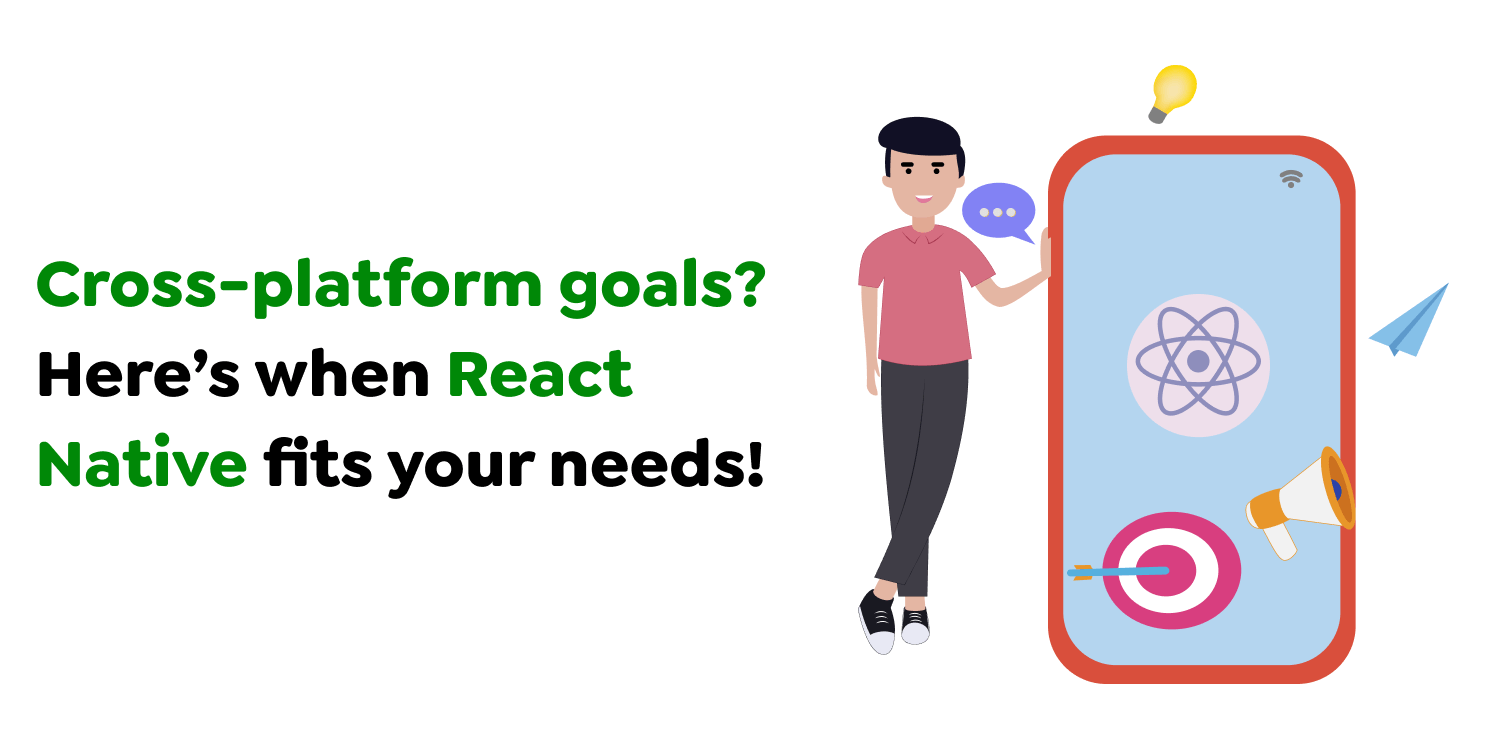
Choosing the right framework is crucial for your app’s success. So, when is React Native the best fit for your app development project? Let’s explore some ideal scenarios:
1. Cross-Platform Needs: If you wish to target multiple platforms without building separate apps, React Native is an excellent choice. It makes coding shareable due to time and resource optimization techniques while ensuring users have a similar experience in both interfaces. Moreover, it guarantees equal performance and looks, which is important in branding and user loyalty. Indeed, the decision to hire ReactJS developers contributes to effectively increasing the company’s business in several directions without significant overlaps when creating applications.
2. Budget-Friendly Projects: Startups or businesses with limited budgets can benefit significantly from React Native. The framework reduces development costs by allowing developers to reuse code instead of creating two separate native apps. Furthermore, it reduces the need to maintain two development teams, enabling a more cost-effective approach. By optimizing resources, React Native helps businesses achieve more within tighter financial constraints.
3. Faster Time-to-Market: React Native’s hot reloading feature and modular architecture enable quicker development cycles. If you need to launch your app quickly, React Native has got you covered. Its pre-built components and vast library ecosystem also contribute to accelerating development. This agility makes it perfect for businesses that capitalize on market trends without delays.
4. Real-Time Updates: For apps requiring frequent updates or iterative improvements, React Native simplifies the process. You can push updates instantly without users needing to download new versions from the app stores. This capability ensures your app stays relevant and bug-free, enhancing user satisfaction. React Native’s streamlined update mechanism supports businesses in adapting to user feedback rapidly.
5. Apps with Simple to Moderate Complexity: React Native excels in apps with standard features, such as social media platforms, e-commerce apps, or news apps. However, a fully native approach might be better for apps requiring heavy graphics or extensive native integrations. Its flexibility makes it an excellent choice for MVPs and scalable projects alike. Businesses can use React Native to validate ideas before committing to more complex developments.
6. Community and Plugin Support: If you want access to a large pool of pre-built components, libraries, and plugins, React Native app development offers a significant advantage through its active community. This thriving ecosystem ensures you have plenty of resources, with frequent contributions to open-source solutions that make it easier to tackle development challenges. Additionally, the availability of detailed documentation, tutorials, and support forums simplifies the learning curve, empowering developers to build high-quality cross-platform apps efficiently.
Also Read : The True Cost to Develop a Flutter App: Unlocking Growth and Success
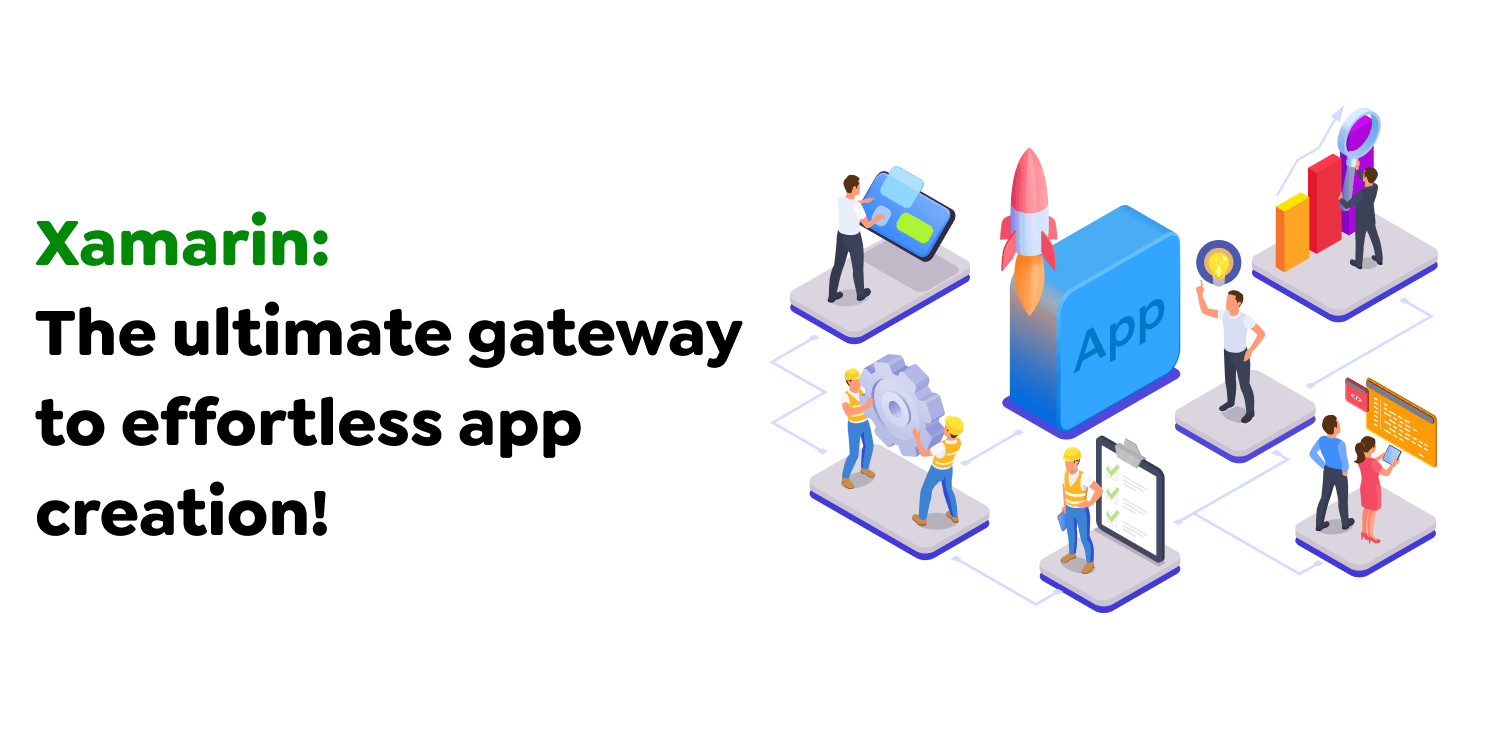
Xamarin is so much more than another framework – with Xamarin, you can build excellent, top-notch, and outstanding mobile applications! It is a platform developed by Microsoft in 2011 that allows designers to create marvelous Android and iOS applications; it is open source.
Imagine designing and maintaining powerful mobile apps effortlessly using a single programming language, C#. Xamarin makes it possible! Its approach achieves faster development, easier maintenance, and the best performance.
But that’s not all. Xamarin has high speed and relevant features, which Xamarian developers who design highly reliable applications prefer.
Also Read : Choosing the Right Mobile App Developer in Dubai for Your Business Growth

Are you curious about what makes Xamarin a go-to framework for cross-platform? Let’s uncover some of its most impressive features that simplify development and enhance app performance. With Xamarin’s ability to share up to 90% of code across platforms, its native-like performance, and access to platform-specific APIs, Xamarin developers can efficiently create high-quality apps tailored to various platforms while reducing development time and effort.
Also Read : Mobile vs. Web Apps: Choose the Right Path for Your Business

There are many compelling reasons to use Xamarin cross-platform for mobile development.
1. Native User Experience: Xamarin gives developers complete access to all native APIs and toolkits for iOS, Android, and Windows platforms, allowing them to achieve a level comparable to native apps.
Xamarin allows you to develop apps using various native elements and the latest technologies, including native API access and native UI.
2. Single Technology Stack: Developers always seek efficient solutions that save time and easy-to-learn platforms.
The platform can create many solutions using a single language, C#. In addition, Visual Studio allows developers to do everything, which makes it convenient and time-efficient.
3. Minimum Time to Market: A commercial app in a highly competitive marketplace with high customer expectations is crucial.
With Xamarin’s code-sharing capabilities and Test Cloud, running tests on 2,000 devices is simple.
This is a great opportunity, especially if you need more hardware or human resources.
4. Simple Maintenance: Managing multiple platforms can naturally make maintaining an app challenging. Every little change in functionality must be applied to all platforms, which means keeping up to date with all platforms’ versions and updates.
Let’s take Xamarin.iOS as an example. It supports mobile iOS, tvOS, and watchOS.
5. Microsoft Support and Technical Assistance: Microsoft’s support of Xamarin is one of its best facets. You can expect continuous developer support, learning opportunities, stability, and performance, especially with products like Test Cloud.
6. Test: App development is a complex process that requires testing. The platform provides comprehensive solutions for testing and monitoring app performance and UI.
7. Be a good shopper about every activity and crash: Visual Studio App Center has the most significant advantage of knowing about app crashes, user activity, and many other things. In addition, this tool makes quality inspection more fluid and easy.
8. Forms and Quick GUI Prototyping: Xamarin Forms is a good choice for apps that require a standard GUI. Being an open-source, cross-platform GUI library for Android, iOS, macOS, watchOS, tvOS, and other platforms, Xamarin Forms is one of the easiest and most efficient ways to implement cross-platform GUIs compatible with particular platform guidelines. Working with Xamarin Forms means selecting a cross-platform app development company to help reveal all the tool possibilities and provide high-quality apps with similar designs for different platforms.
9. RMAD and .NET Embedding: Rapid mobile application development (RMAD) is a relatively new paradigm encompassing tools and products. It is centered on minimizing the amount of time needed to develop an app and on opening the development process to individuals who do not necessarily have strong programming backgrounds.
It helps develop apps using React Native that do not use Java or Swift.
Also Read : Driving Progress: The Rise of Software Development in the Middle East
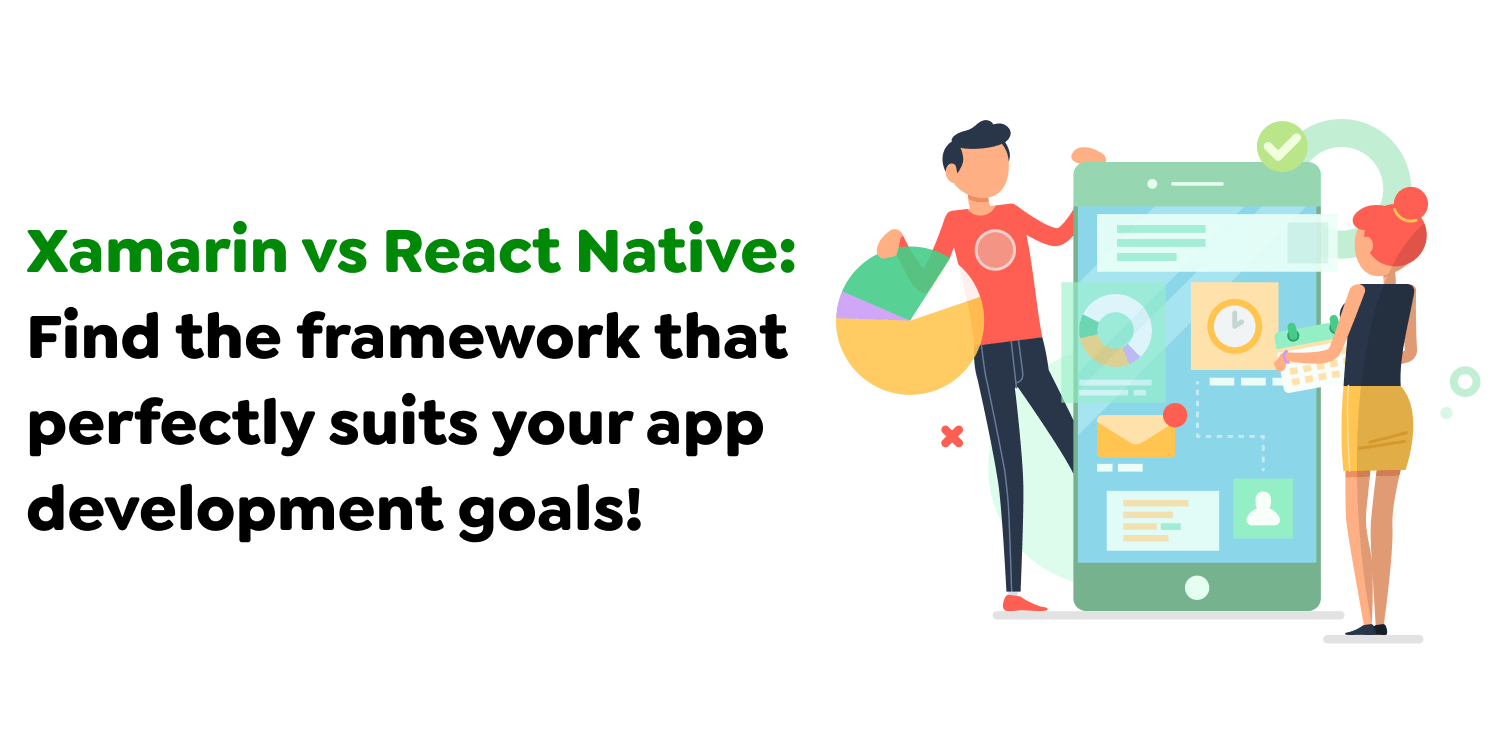
This is a comparison of Xamarin vs. React Native. Direct comparisons are often the best way to decide between two options as they highlight strengths and weaknesses. By understanding how each framework performs in various aspects, you can align their capabilities with your project’s requirements. This approach simplifies decision-making and effectively ensures your chosen framework meets your app development goals.
1. Performance: Unfortunately, cross-platform and hybrid cloud frameworks can sacrifice performance for convenience. React Native and Xamarin offer close-to-native performance; however, Xamarin stands out by executing the fastest codes on Android and iOS. It also provides access to platform-specific APIs and native tools, ensuring a more seamless integration with the device’s hardware and features. Additionally, Xamarin’s AOT compilation enhances the performance of iOS apps, making it a robust choice for high-performance applications.
2. Popularity: Although popularity does not always determine software’s value, it can significantly impact how people use the software. React Native is much more popular than Xamarin, perhaps because it is open-source, while Xamarin is proprietary and maintained only by Microsoft. Community & developer ecosystem
React Native is expected to have a broader and more supportive community than Xamarin.
However, it’s becoming easier to find fellow React Native developers as the framework matures and JavaScript Frameworks generally get more attention.
3. Development Environment: React Native and Xamarin have pre-built components that enhance performance and simplify the developer experience. However, Xamarin’s live reload function is not available in React Native.
Xamarin.Forms, Xamarin.iOS, and Xamarin. Android allows developers to create platform-specific native UI elements. As a result, Xamarin developers can achieve native-like performance, which is more than React Native developers might have been able to.
4. Compilation: JIT (Just-In-Time) compilation is a technique utilized in both JavaScript and Java to boost runtime performance. React Native leverages JIT compilation for Android, but its use is restricted on iOS due to Apple’s security policies, potentially affecting app performance on iOS. In contrast, Xamarin uses AOT (Ahead-Of-Time) compilation for iOS, ensuring smoother performance and compliance with Apple’s guidelines. This fundamental difference can influence the platform choice based on performance priorities for iOS and Android. When comparing React Native vs. Xamarin performance, developers need to carefully evaluate these compilation differences, as they can significantly impact the overall user experience and the app’s responsiveness across platforms.
5. Prices: We will proceed with React Native app development costs now. However, Xamarin is not available for small businesses or individuals. An annual Visual Studio Enterprise edition can run nearly $3000. This makes React Native, which is entirely free, even more attractive.
Xamarin and React Native are two options that may confuse you if you’re still unsure which one is best for your app development in 2025.
Xamarin vs. React Native warrants a close, upfront look as both frameworks share many similarities. They empower developers to build cross-platform mobile apps that deliver near-native performance.
However, compared side by side, Xamarin often takes the lead due to its active community support, faster development cycles, and extensive plugin ecosystem.
Additionally, React Native vs Xamarin both offer powerful solutions for cross-platform mobile app development, but React Native often stands out as the preferred choice for many developers. With its ability to streamline the development process and provide a more expansive range of plugins and resources, React Native enables faster iterations and quicker time-to-market. For businesses looking to build high-performance apps that cater to a global audience, collaborating with a mobile app development company like Techugo can ensure the delivery of a scalable and top-tier app that meets your needs. Whether you opt for Xamarin or React Native, partnering with a skilled mobile app development company can help you navigate these frameworks to achieve optimal results.
Get in touch with us today to explore how these frameworks stack up and choose the best fit for your app development needs.
Write Us
sales@techugo.comOr fill this form